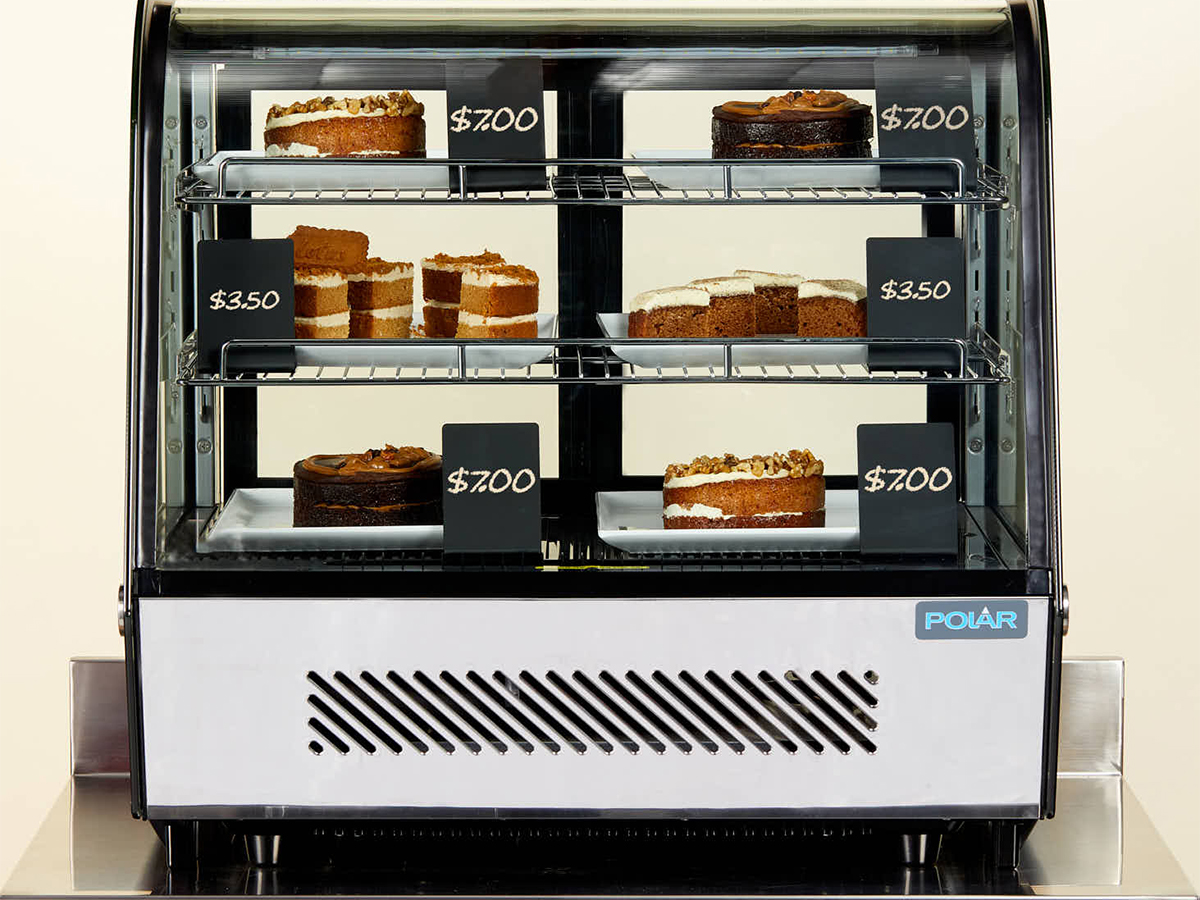As one of the most frequently used appliances in a professional kitchen, selecting the right refrigeration option is an important decision.
If it is time to consider a new refrigeration option, here are some considerations for your next purchase:
Size
Upright fridges take up minimum floor space but, with heights approaching two meters, you’ll need to be sure your ceilings are high enough. Under-counter fridges usually have heights of around 850mm so they can fit under most standard worktops. Counter fridges may be a little higher, so it’s worth checking that the counter height will be in the right position for comfortable meal prep. Consider whether the fridge is mounted on castor wheels when measuring up.
Remember that commercial fridges require space between the unit and the walls for their ventilation system to work effectively.
Tropical Rating
How hot can room conditions get in the planned location for your fridge? A commercial fridge’s tropical rating refers to the highest ambient temperature that the fridge can operate in effectively. If temperatures in your kitchen are routinely climbing above 32°C, it’s likely you’ll need a tropical-rated fridge.
Energy Efficiency
The more efficient your fridge, the less it costs to run. Features such as additional insulation and self-closing doors will all help to save energy. Check the energy efficiency rating to help you decide.
Doors
Self-closing doors help to save energy and are especially useful when you’ve got your hands full. Some fridges also have a pedal opening mechanism, so you don’t even need to touch the door.
Access
How often will you need to access the unit? This can determine whether you require a lighter duty commercial fridge or a heavy-duty model with a more powerful compressor to ensure storage temperatures are reliably maintained.
TIP: Polar Refrigeration uses three classifications which makes it easier to identify which fridge is best suited to your requirements. Visit Nisbets today to see options available.

